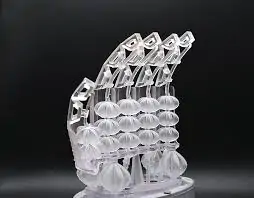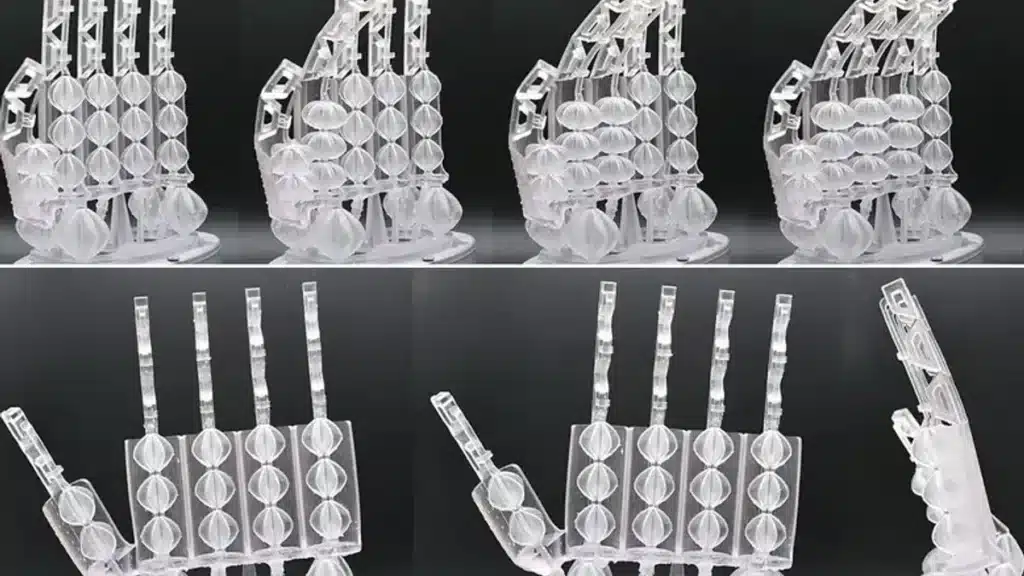A team of researchers fromItalian Institute of Technology has just developed a new class of highly resistant artificial muscles that stretch and contract just like a human muscle. And they do it in a completely innovative way.
According to a recent research paper (that I link to you here), the muscles show a level of versatility very close to the natural one. Their lifelike movements provide a major boost to the development of three-dimensional functional devices, including artificial body parts.

1000 times their weight
Artificial muscles are known as actuators. The exact acronym is GRACE: GeometRy-based Actuators that Contract and Elongate.
GRACEs are powered by the influence of gas or compressed air, and can lift up to 1000 times their own weight. By combining 18 of these new actuators, the researchers were able to create a robotic hand that weighs just 100 grams (0,01 pounds), but is capable of lifting 8 kilograms (17 pounds).
And that's not all. The new mathematical model underlying the design also allows for much more flexibility. The robot hand can bend fingers and perform realistic human movements when pressure is applied to different muscles of the actuator. The softness and elasticity of this system is almost an absolute novelty. Until now, 3D resins of this type have been relatively rigid.
The secret of these muscles? The design
GRACE is made from a 3D printed resin, but has an unusual “pleated” design. When muscles are inflated with gas, energy is converted into movement and the stretching and contraction results in high strength and flexibility.

The term often used to describe machines that mimic biological processes is biomimetics. Laboratories all over the world are constantly inspired by nature: but is it so important that machines "look like us"?
At least in the context of artificial muscles I would say yes. GRACE could be really important for the rehabilitation and replacement of body parts, so they need to imitate human movements perfectly. And, even when it comes to humanoid robots, it's important that they give us familiarity.
Whatever the reason, in any case, the developments in biomimicry and their application to real social and environmental situations are evident: it is nice that this latest "ring" comes from Italy.
For once my country flexes its muscles, and does it for a good purpose :)


